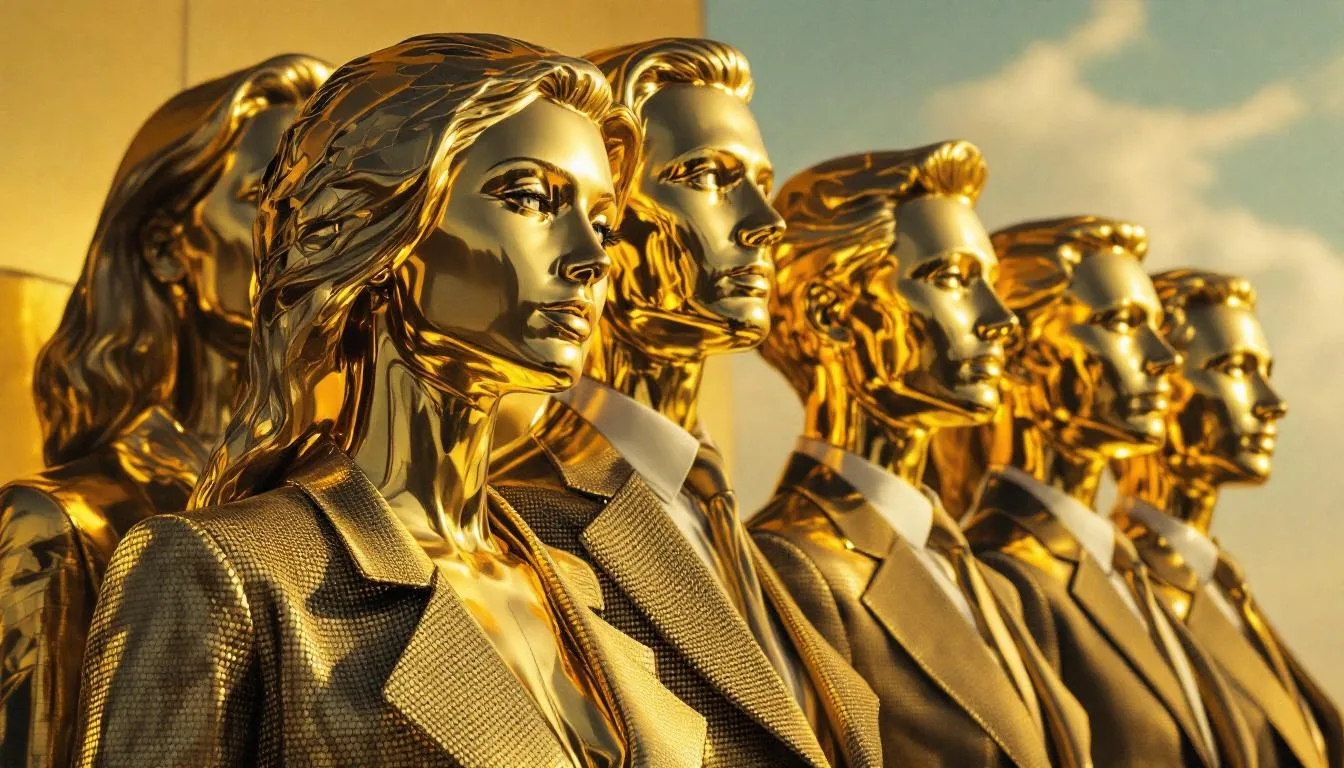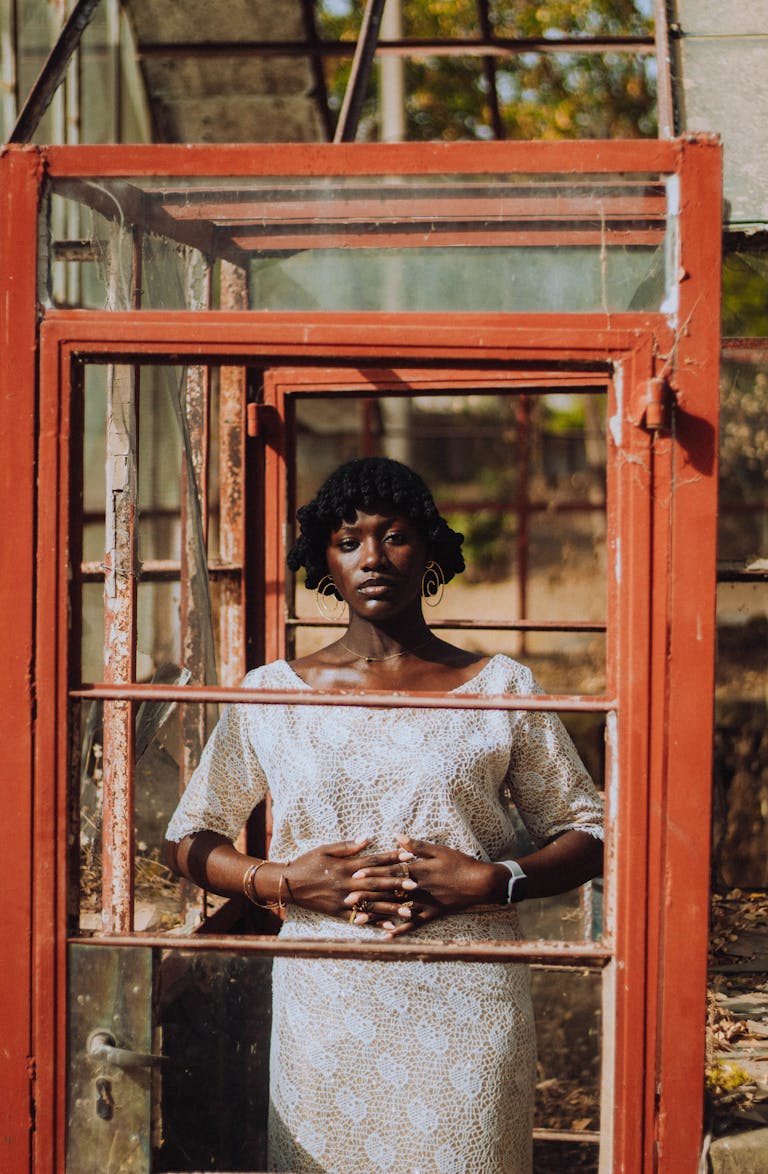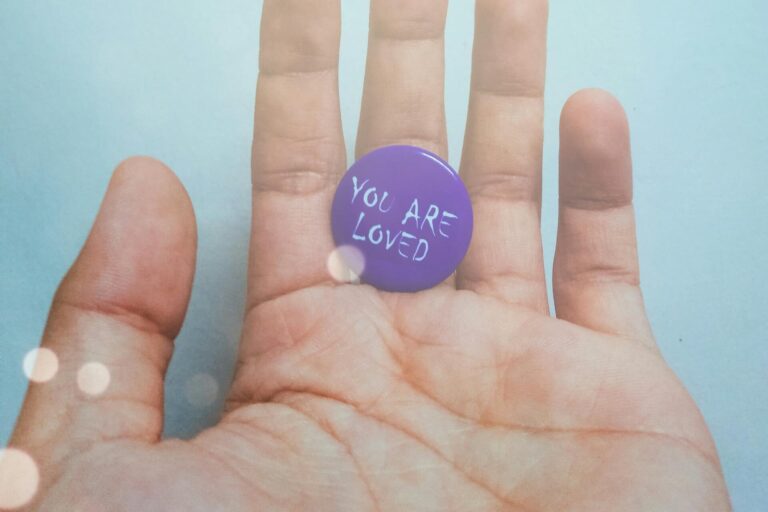The Myth of the “Perfect Team” – Why Talent Alone Isn’t Enough
The Great Team Composition Myth
For decades, managers have operated under a simple assumption: put your smartest, most talented people together, and you’ll get the best results. Google’s Project Aristotle shattered this conventional wisdom with a surprising discovery that changed how we think about team building forever.
When Google’s researchers analyzed 180 teams across the company, they expected to find clear patterns. Surely the most effective teams would be composed of people with similar backgrounds, complementary skills, or exceptional individual performance. Instead, they found something puzzling: team composition barely mattered at all.
Teams of close friends performed no better than teams of strangers. Groups with diverse backgrounds weren’t more innovative than homogeneous ones. Even teams with nearly identical makeups showed radically different levels of effectiveness. As Abeer Dubey from Google’s People Analytics division noted, “The ‘who’ part of the equation didn’t seem to matter.”
The Real Secret: It’s How, Not Who
The breakthrough came when researchers shifted focus from who was on the team to how team members interacted. The most successful teams weren’t necessarily filled with superstars – they were teams where people treated each other in specific ways that fostered collective intelligence. Imagine one or two “Superstars” that dictate the voice of everyone else rather than providing an equal opportunities to all to be, to contribute without anyone better then other. Imagine any basketball (or any sport team) that all their effort is to “serve” the “best player” as opposed to a team that the best player actually allows his/her team members to contribute their own freely to the TEAM and not the Individual. The results are massively different in terms of collective outcome.
Consider Julia Rozovsky’s experience at Yale Business School. Her study group was composed of bright, accomplished individuals with similar backgrounds – exactly what traditional wisdom would prescribe for success. Yet the group became a source of stress, with members constantly trying to prove themselves and jockeying for leadership. In contrast, her case-competition team had diverse backgrounds but clicked immediately, creating an environment where “we all felt like we could say anything to each other.”
The Collective Intelligence Factor
Research from Carnegie Mellon, MIT, and Union College revealed that teams have a collective IQ distinct from individual member intelligence. Teams that excelled at one task typically excelled at all tasks, while teams that struggled with one assignment struggled across the board. The difference wasn’t individual brilliance – it was how teammates treated one another.
This collective intelligence emerged from specific behavioral norms, not personality types or skill sets. The right norms could elevate a group of average performers, while wrong norms could handicap even the most talented individuals.
Practical Implications for Leaders
This research fundamentally changes how we should approach team building. Instead of obsessing over finding the “right” people, leaders should focus on creating the “right” environment. This means:
- Shifting hiring criteria from pure talent to collaboration potential
- Investing in team dynamics training rather than just technical skills
- Measuring team health alongside individual performance
- Creating systems that support positive group behaviors
The paradox is liberating: you don’t need to wait for perfect people to build a perfect team. You can start with the people you have and focus on how they work together.






